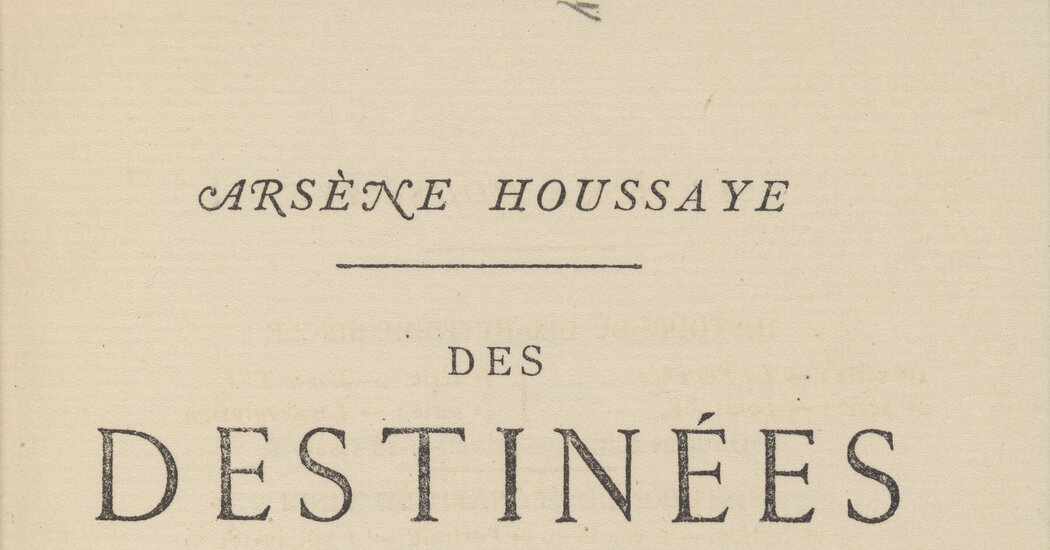- cross-posted to:
- andfinally@feddit.uk
- cross-posted to:
- andfinally@feddit.uk
The decision to find a “respectful final disposition” for human remains used for a 19th-century book comes amid growing scrutiny of their presence in museum collections.
Of the roughly 20 million books in Harvard University’s libraries, one has long exerted a unique dark fascination, not for its contents, but for the material it was reputedly bound in: human skin.
For years, the volume — a 19th-century French treatise on the human soul — was brought out for show and tell, and sometimes, according to library lore, used to haze new employees. In 2014, the university drew jokey news coverage around the world with the announcement that it had used new technology to confirm that the binding was in fact human skin.
But on Wednesday, after years of criticism and debate, the university announced that it had removed the binding and would be exploring options for “a final respectful disposition of these human remains.”



And that hasn’t been understood in the time period between 1820 and 2024?
And a cast of the skull wouldn’t be just as useful?
It has been understood by some for a long time, but not all. Especially when morbid curiosity is what brings visitors to your museum; without that morbid curiosity, you likely can’t make enough to stay open.
NAGPRA was renegotiated by a Native American Secretary of the Interior and, wouldn’t you know, having diverse voices helps people understand things differently, thus the massive change this year in the way museums display human remains. That’s a good thing. Be mad about the past so it doesn’t happen again, but also be glad that the display stops now.
As for using a cast, I’m sure they have one. But I don’t know if using one affects how medical research is conducted.
Oh yeah ETA: until the advent of the Internet, doctors coming to a place to examine collections of medical specimens was indeed the only way to do certain kinds of medical research.